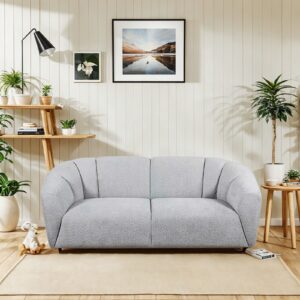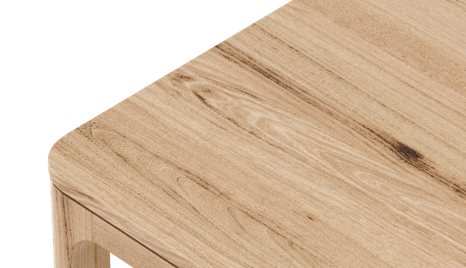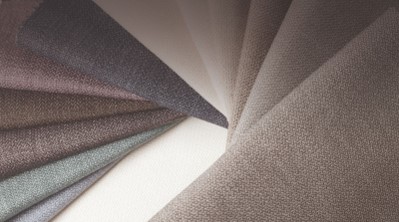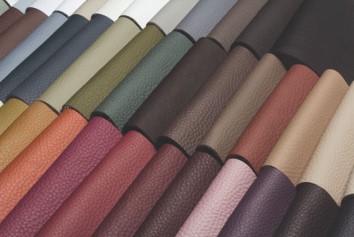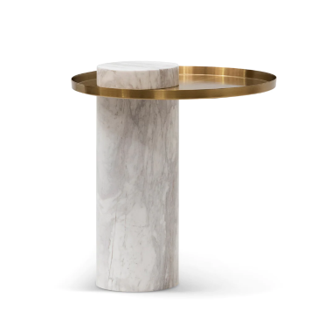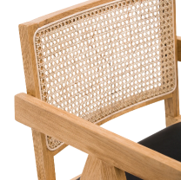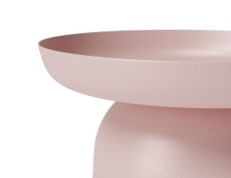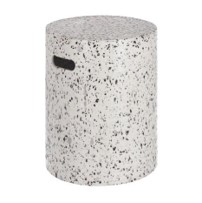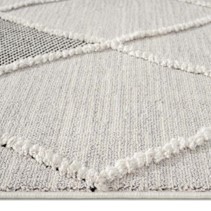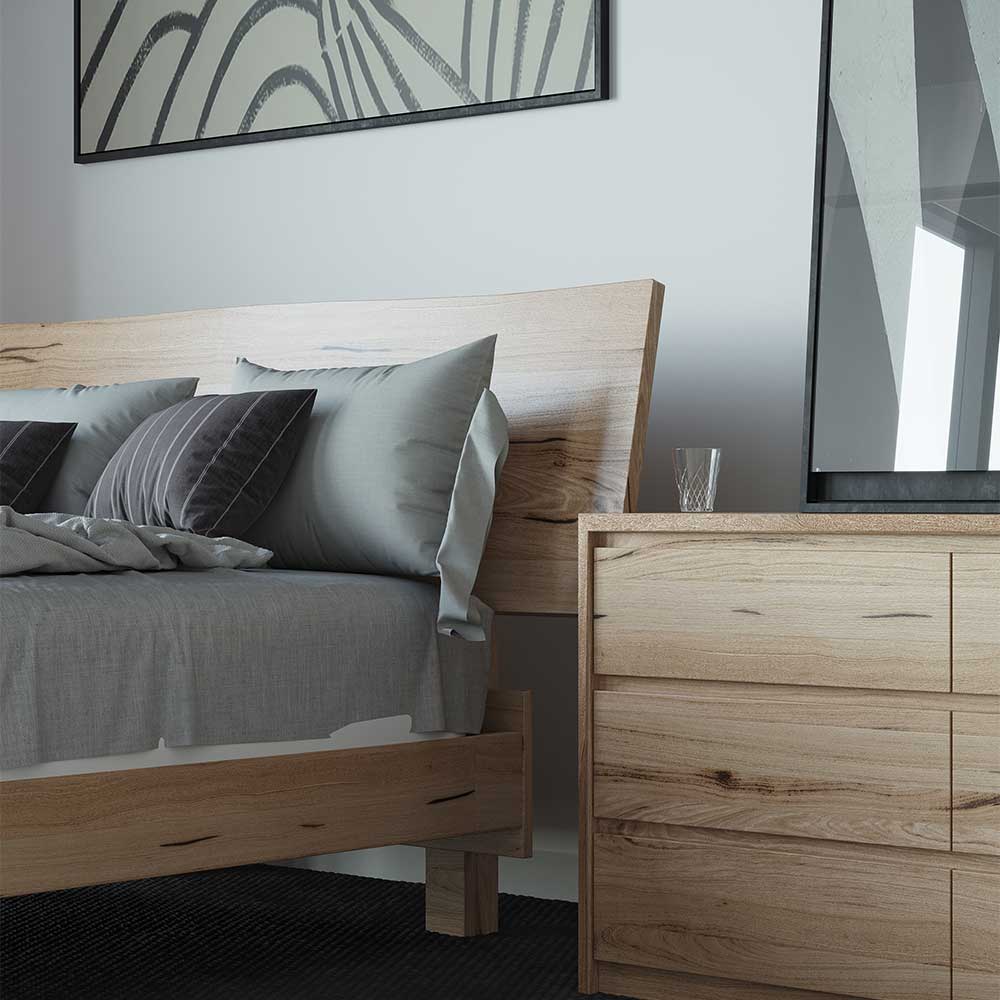
Care & Maintenance Guide
Timber
- All products are designed for indoor use and intended purposes.
- As a natural material, hairline cracks can occur in timber. This is a feature rather than a fault and will not affect the functionality of your furniture.
- Do not place furniture near heating or cooling sources, this can result in splitting.
- Avoid direct sunlight for prolonged periods, as this can cause discolouration.
- Solid timber can change colour over time as part of the natural aging process.
- Regularly rearrange any items placed on top of your piece to allow for an even aging process.
- Never drag your furniture piece, always lift when moving.
- Regularly dust your piece with a clean, soft, lint-free cloth.
- Ensure there is a gap of at least 25mm around your piece, to allow air flow.
- Avoid placing hot objects directly on the timber surface; always use coasters / place mats.
- Wipe any spills immediately with a clean, soft, slightly damp white cloth in the direction of the wood grain.
- Any sticky residue can be removed with a diluted solution of warm water and natural soap, followed by a clean, damp white cloth.
- The area should then be wiped immediately in the direction of the wood grain with a clean, soft white cloth until completely dry.
- Never use a soaking wet cloth.
- Osmo Liquid Wax Cleaner can be used for a deeper clean.
- Renewing the coating on your piece is recommended on a yearly basis to maintain the natural timber tone and protective barrier.
Veneer
- All products are designed for indoor use and intended purposes.
- Do not place furniture near heating or cooling sources, this can result in splitting.
- Avoid direct sunlight for prolonged periods, as this can cause discolouration.
- Regularly rearrange any items placed on top of your piece, always lift and never drag items across the surface.
- Never drag your furniture piece, always lift when moving.
- Regularly dust your piece with a clean, soft, lint-free cloth.
- Avoid placing hot objects directly on the timber surface; always use coasters / place mats.
- Wipe any spills immediately with a clean, soft, slightly white damp cloth in the direction of the wood grain.
- Any sticky residue can be removed with a diluted solution of warm water and natural soap, followed by a clean, damp white cloth.
- The area should then be wiped immediately in the direction of the wood grain with a clean, soft white cloth until completely dry.
- Never use a soaking wet cloth.
- Do not use sandpaper or abrasives on your veneer product.
Upholstery Fabric
- All products are designed for indoor use and intended purposes.
- Armrests and backrests are not designed as seating.
- Alternate your choice of seat regularly for an even wearing process.
- Fabric may stretch over time, this is natural with regular use.
- Attend to stains immediately.
- Always follow manufacturer care instructions.
- Always spot test any cleaning method in an inconspicuous area.
- Never use heat as this can set the stains.
- Several light applications of a cleaning agent are less harmful than a single concentrated application. Repeat stain treatment several times if necessary.
- Do not use products containing bleach.
- Cleaning instructions included in this guide refer to water based stains (wine, soft drink).
- Any oil based stains (food, makeup, crayons) will require dry cleaning. We recommend seeking professional advice as certain chemicals can irreversibly damage our fabrics.
- For added protection, anti-stain products / repellents can be applied.
- Pilling is a natural occurrence caused by normal wear and transfer. This can be removed with a handheld de-pilling machine.
- Pilling may reappear, this becomes less likely over time with regular de-pilling.
- Do not bleach.
- Do not iron.
- Do not tumble dry.
- Try to avoid direct sunlight, to prevent fading.
- Wrinkles can be removed with a light steam.
- Gently vacuum with an upholstery attachment regularly to prevent build up, especially between cushions and under loose cushions.
- Treat stains immediately.
- Soak up any excess liquid using a clean, dry white cloth.
- Use warm water, some mild soap can be added if needed.
- Gently apply solution to the affected area and use a light dabbing motion to lift the stain out.
- Do not saturate the area.
- Avoid rubbing as this can damage the fabric.
- Allow to air dry.
- For stubborn stains, professional cleaning is recommended.
Leather
Leather is a natural product that has a protective layer to resist most soiling and spills. However, our leather products require gentle care using suitable products for maintenance. Pay extra attention to areas that come into contact with hair or skin as they will show the first signs of wear and tear. Always be mindful of sharp or abrasive objects such as shoes and zippers that can damage the leather. Also note that dye transfer from clothes or other fabrics is possible. Protect your leather as soon as possible after delivery by contacting leather care professionals for assistance.
Real Leather General Care Instructions:
- Dust weekly or use a soft vacuum attachment to avoid the leather being scratched by loose particles
- Depending on how often you use your leather furniture, apply a leather cleaner and condition once every 6-8 weeks
- Immediately blot any spills that come into contact with the leather. Use a clean and white paper towel, gently blotting the affected area. Do not wipe as it may cause the spill to spread and damage other areas
- Avoid vigorous rubbing when cleaning the leather.
Do not:
- Over clean the furniture, which can damage the protective layer and cause the leather to deteriorate prematurely
- Soak the leather in any liquids
- Use detergents, alcohol, chemicals, soaps, shoe polish, wax, window cleaner, silicone, saddle soap or any cleaning product not designed for leather as these may cause damage and discolouration
- Sit on the furniture with wet swimming clothes or towels, which can leave a watermark on the leather – contributing to bleaching, mould growth and dye transfer.
Marble
- All products are designed for indoor use and intended purposes.
- Never drag your furniture piece, always lift when moving.
- Avoid direct sunlight for prolonged periods.
- Avoid placing hot objects directly on the marble surface; always use coasters / place mats.
- Always lift and never drag items across the surface, this can lead to scratching.
- Regularly wipe down your piece with a clean, microfibre cloth to prevent dust build up.
- Wipe any spills immediately with a clean, slightly damp microfibre cloth and then dry the surface.
- For a deeper clean, use warm water and mild soap with a dry, microfibre cloth.
- Wring the cloth out before wiping, never use a saturated cloth.
- Dry thoroughly with a clean, microfibre cloth.
- Avoid abrasive cleaners and brushes.
- Avoid contact with any acidic matter, this can damage the sealed surface and will need professional assistance.
- For added protection, an appropriate marble surface protector can be applied regularly
Rattan
- All products are designed for indoor use and intended purposes.
- Never drag your furniture piece, always lift when moving.
- Avoid direct sunlight for prolonged periods.
- Do not place furniture near heating or cooling sources, this can result in warping.
- Rotate your furniture piece regularly, if possible, to allow for an even aging process.
- Rattan is a natural material with variation and will evolve over time.
- Regularly dust your piece with a clean, soft white cloth.
- If sagging occurs, use a damp cloth or spray bottle to apply water to the back of the rattan and allow it to dry for 48 hours without use, do not saturate the rattan.
Metal
- All products are designed for indoor use and intended purposes.
- Never drag your furniture piece, always lift when moving.
- Avoid direct sunlight for prolonged periods.
- Regularly wipe down your piece with a clean, microfibre cloth.
- For a deeper clean, use warm water and mild soap with a soft white cloth or brush.
- Wring the cloth out before wiping, never use a saturated cloth.
- Dry thoroughly with a clean, microfibre cloth.
- Avoid abrasive cleaners and brushes, these can lead to fine marks, corrosion and rust.
Concrete
- Place furniture on an even surface to avoid pressure on any joinery.
- Always lift furniture pieces, never drag.
- Avoid placing hot objects directly on the surface; always use coasters / place mats.
- Avoid contact with sharp items, this can damage the sealant.
- Concrete is naturally porous and any spills must be wiped immediately witha clean, soft, dry cloth to prevent staining.
- Mild soap and warm water are recommended for daily cleaning.
- Avoid abrasive and acidic soaps or household cleaners.
- If the product is outdoors, we recommend covering it when not in use, to enhance its longevity.
- Hairline cracks can occur naturally in concrete. If one appears, apply a thick layer of wax and rub in thoroughly to prevent moisture seeping in.
- To maintain surface protection, a high quality transparent furniture wax should be applied regularly. Once within 2 months of receiving your item and then every 3-6 months thereafter.
- After wax application do not place any items on the surface for at least six hours to allow the wax to fully absorb.
Rugs
- Please follow supplier care instructions.
- Regularly rotate your rug to avoid fading and long term wear.
- Try to avoid direct sunlight, this can cause fading.
- Depending on the foot-traffic your rug receives, rotate your rug at least once a year for an even and balanced wear.
- Do not expose your rug to direct sunlight. Use appropriate curtains and draperies.
- Vacuum your rug regularly with a soft brush attachment.
- Roll up your rug for storage and transport in a plastic sheet and use mothballs where necessary.
- Act immediately to clean all liquid spillages without delay. Scoop up solids first.
- Do not use salt to absorb liquid spillages. Use paper towel instead for blotting (not rubbing) both sides of your rug.
- Use carpet stain removers not containing peroxide or bleach and test before use.
- Mild household detergents such as dishwashing liquids (not containing peroxide or bleach and diluted with warm water), can be used by dabbing on the remaining stain with a sponge after blotting initially. However, do not soak the area and use only suds. Reblot after, with paper towel and apply plain warm water by dabbing with a sponge to remove detergent residue. After this, reblot the area again to remove moisture and ensure free air circulation around the spot to dry.
- For professional cleaning, make sure to contact a rug cleaning specialist.
- Please note that the above information is provided as a guide only. We cannot be held responsible for any damage caused due to misuse. We highly recommend regular professional cleaning for your rugs.
Outdoor
All outdoor furniture is tested to ensure that it is durable enough to withstand outdoor elements. However, it is recommended to store outdoors undercover from harsh Australian weather to preserve and increase the longevity of the product(s).
Preservative Maintenance:
Store your outdoor furniture in a dry and shaded area when not in use or during periods of inclement weather
Canvas, painted metal or timber furniture should be stored undercover after use
Timber furniture will naturally expand and contract due to changes in humidity and temperature. This can cause timber to split and/ or fade in colour when left exposed to outdoor elements, which is a natural occurrence and should not be considered as a fault.
General Care Instructions:
- Furniture made from polyester, synthetic wicker and aluminium can be washed down with warm soapy water and left to dry naturally
- Clean and treat timber furniture regularly to maintain its integrity
- Clean the entire surface of upholstered pieces, from seam to seam, to avoid water rings and stains.
Do not:
- Leave furniture uncovered in direct sunlight for extended periods of time as it may cause warping or splitting under the heat
- Leave furniture outside during periods of inclement weather (e.g. storms or extremely hot weather)
- Scrub, use hard bristle brushes or other abrasive cleaning methods when cleaning upholstered pieces
- Fold furniture when wet as it will get mouldy or rusty


